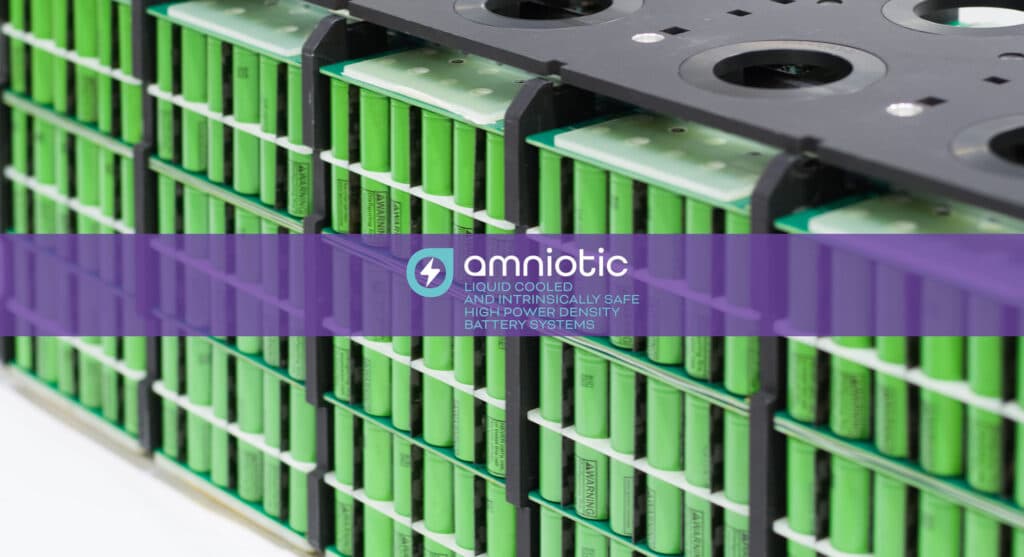This is the most important of Phase R&D ventures, and the one which is advanced enough that it started to generate a significant business. Starting from 2015-1016, this activity originated from a double awareness:
While the importance and future of batteries is obvious, many problems still need to be solved, to increase their energy density, still inadequate for many mobility applications; improve safety, guarantee a sustainable product cycle, ensure recharging and energy exchange facilities. To decarbonize the economy, a profund revolution must encompass our way of life. It was therefore decided that, while Phase is too small a Company to really make a difference, something had anyway to be done.
R&D work was shared into an internal R&D team and the cooperation with several Universities, headed by the University of Genova, school of Chemistry and Metallurgy.
The internal lab is dedicated to prototyping and testing, including a safe chamber to run fire/explosion tests (necessary).
With UniGe, Phase financed the purchase of the appropriate prototype and test equipment, with the creation of a Phase Lab in the University, awarded R&D contracts and several scholarships (currently 4).
Phase also is a member of BEPA (Batteries European Partnership Association).
Unlike traditional batteries, which were electrochemical cells only, current high performance Li-Ion batteries consist of a number of electrochemical cells which are packaged in series/parallel connections into a mechatronic device, where the electronic part (BMS) is used to control and balance the cells, and the mechanical part both packages, cools and warms the system as required, and controls to some extent the safety of the device. In fact, current high-performance Li-ion cells carry a significant fire/explosion hazard, partly due to the energy packed but mostly to the volatile chemicals in the electrolyte, and this safety issue is perhaps their most important and overlooked limitation.
Consequently, Phase R&D activity was focused on 2 action groups:
Internal resources (mechatronics):
Integration of electrochemical cells into advanced mechatronics, with intrinsic safety, thermal control and high-speed cell balancing. This work was carried out internally and is ongoing, although some preproduction batteries were delivered to selected Customers (2 patents awarded or pending).
Target: increase safety and energy density a complete battery level (normally much lower than the density a at cell level
Status: preproduction. Initial battery systems were awarded safety certification according to IEC 62619:2022, EN 62281 and UN 38.3 (overall safety even when one cell is exploded accidentally). Initial systems supplied to first Customers.
Super BMS: novel interfacing “AMNIOTIC” of battery cells capable of empowering the intrinsic redundancy of a system of series/paralleled cells to provide new level of performance and exceptional availability (especially for avionics). Initial Patent pending
Target: reliability, availability, and additional functionality
Status: prototype design

Cell regeneration (limited to present, liquid electrolyte Li-Ion chemistry) to multiply useable cycle life through a carefully controlled electrochemical cycle (patented)
Target: lifetime multiplier, enabling for example fast charge/discharge without impairing cell lifetime
Status: in testing to prove success rate
Organic anode materials with increased charge density vs inorganic graphite
Target: Increase energy density while providing a sustainable anode material
Status: In testing, initial samples provide almost double the ionic density vs. standard graphite, with no significant degradation. Production process is sustainable and starts from organic waste.
Solid state battery: The most challenging development by far. Many research labs are operating on different chemistries, Phase-Unige now have their own promising candidate, both at material and at production process level.
Targets: Solid state cells could radically transform advance batteries. The problems of safety and limited temperature range all originate in the liquid electrolyte, so solid state would make the cell more robust and safer. In addition, the Phase-Unige development provides for a higher electrochemical stability vs liquid electrolyte, which in turn could allow using different, higher energy cathodes thus pushing energy density well above 500 Wh/kg. This would allow building batteries without heavy metals (currently Nickel, Molibdenum, Cobalt). The production of solid-state cells could be significantly different from the current tape coating lines.
Status: Several coin sized prototypes were successfully tested over a significant cycle number and high C rate at room temperature with promising results. Higher energy tests are in progress.





Home » R&D Research and Development » Energy storage, advance batteries